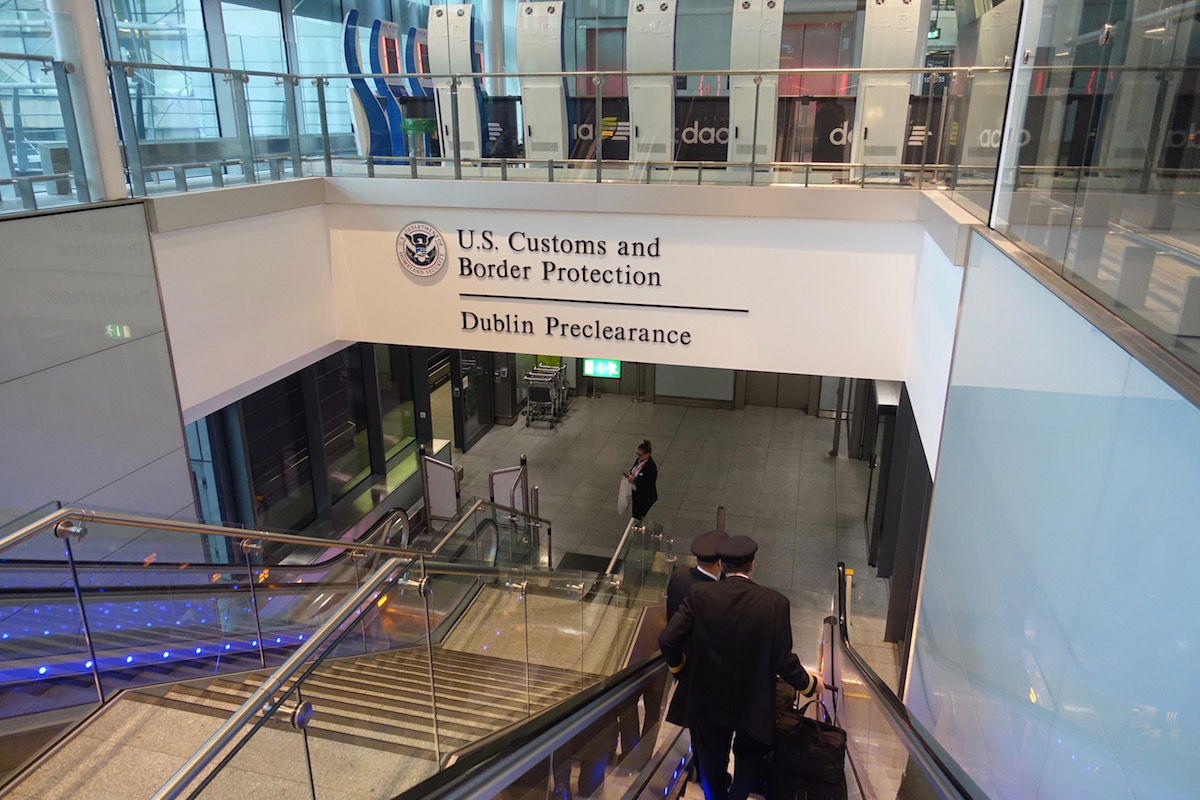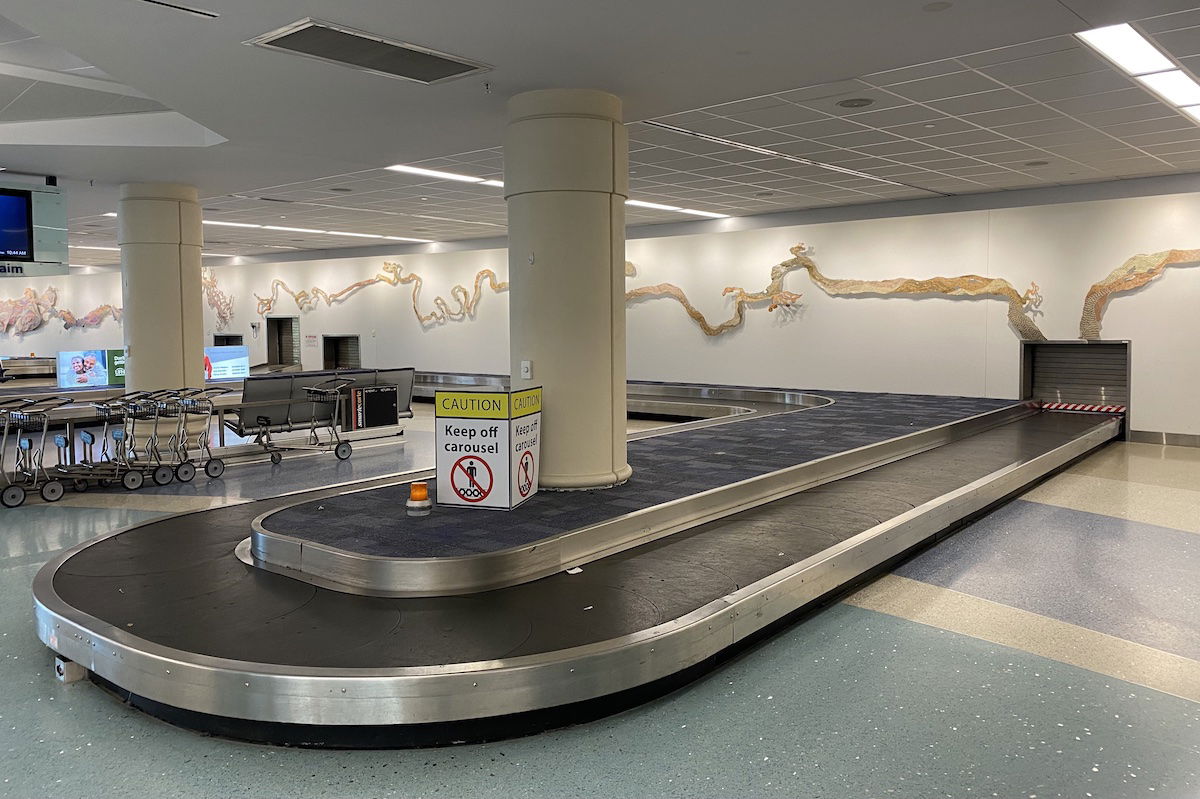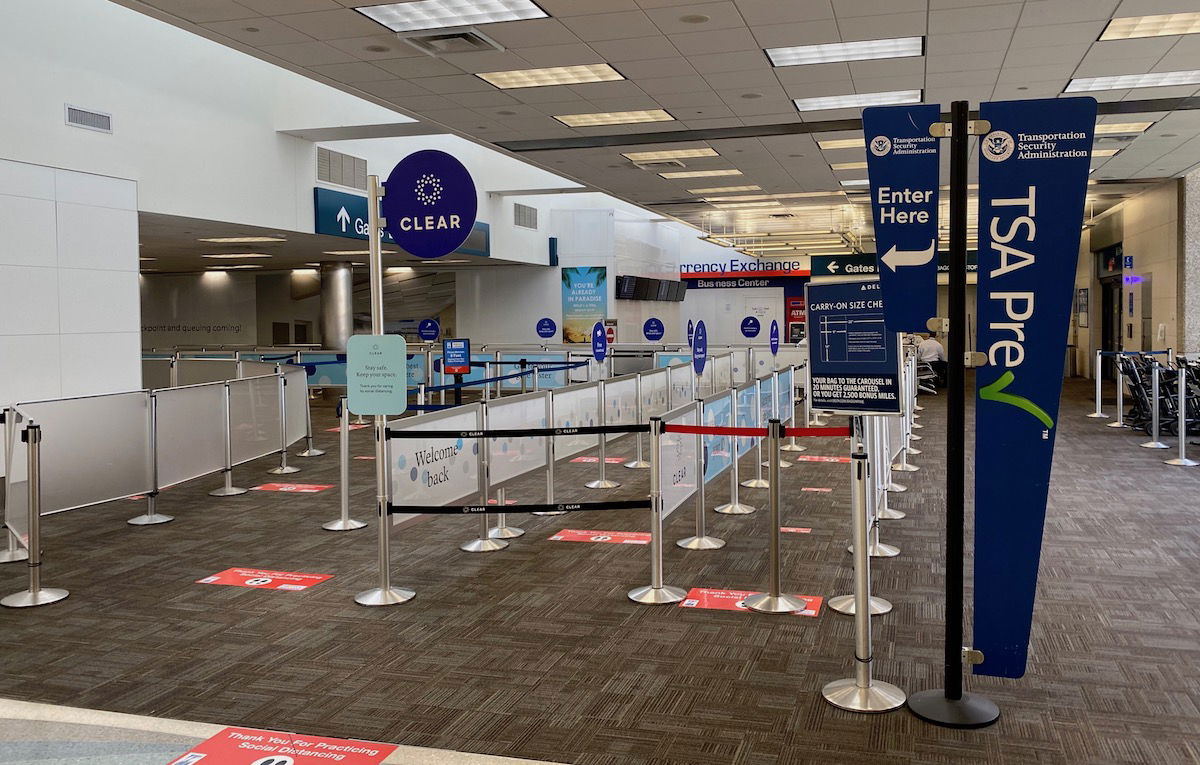
If you’re an American and are a frequent international traveler, or if you’ve visited the United States many times before, then by all means skip this post. However, there are also plenty of people who haven’t been to the United States or who aren’t familiar with United States immigration procedures, so I wanted to talk a bit about that in this post.
I figured I’d answer some of the most common questions people have about clearing immigration at airports in the United States. Do you have to clear immigration if just transiting internationally between other countries? What about your checked bags? How long should you leave for your connection?
The United States is pretty consistent when it comes to airport immigration procedures, for better or worse, so let’s cover all the details.
It doesn’t matter whether you’re terminating your travel at that point, connecting domestically, or connecting internationally. All passengers have to clear immigration and customs at their first point of entry in the United States.
The only exception is if you’re flying out of an airport with a US Pre-Clearance facility, in which case you clear before boarding your US-bound flight. Airports with Pre-Clearance facilities include Abu Dhabi, Dublin, Nassau, and Toronto, just to name a few.
The United States is one of the only countries that doesn’t offer sterile international transit, which can be quite frustrating. In other words, even if you’re merely connecting in the United States between two international flights (like flying from Sao Paulo to New York to London) you still have to clear United States immigration, which means you’ll need a visa even for transit.
It’s an annoying policy for sure, and something to be aware of. A large reason for this is the way that US airports are designed. You’d need to create a sterile international transit facility for people to connect without clearing immigration, and that’s not something that has been invested in.
Immigration wait times can vary wildly, and note that the United States doesn’t have priority immigration for first and business class passengers. However, there are programs that can save you time with the immigration process, like Global Entry and Mobile Passport Control.

When you land in the United States, you’ll first have to clear immigration. Then you’ll have to wait at the baggage claim belt, and once you have all your belongings, you’ll then clear customs. Once you exit the immigration hall there’s almost always going to be a transit counter where you can re-check your bags.
For example, say you’re flying from Paris to Chicago to Los Angeles. When you check your bag in Paris, the bag will typically show as being tagged all the way to Los Angeles. Despite that, you’ll have to collect the bag in Chicago, and then have to check it again in Chicago after you clear immigration. The bag won’t need to be tagged again, since the baggage tag already indicates your final destination.
However, do make sure that your bag is in fact tagged correctly, because in some cases your bag may only be tagged to the intermediate point. This is especially true if your entire itinerary isn’t on a single ticket.
The process of checking the bag at the transit desk should be easy, and the agents there can typically also help you print boarding passes, etc.

If you have a connecting flight to another destination (whether in the United States or international), you’ll once again have to clear security. Some airports have a special security lane for transit passengers (which may or may not save you time), while others make you go to the main security checkpoint at the terminal to clear again. Keep in mind that typical TSA policies apply regarding liquids, hazardous materials, etc.

How long of a connection should you plan when coming off an international flight in the United States? There’s no right answer, and it really all depends. Airlines publish minimum connection times, though in my opinion they’re sometimes way too short. There are a lot of factors to consider as to whether or not you’ll make your connection:
For example, at Chicago’s O’Hare Airport, the minimum connection time for an international to domestic connection on American Airlines is 90 minutes.
Do I feel comfortable with that as a US citizen with Global Entry and TSA PreCheck who isn’t checking bags? Absolutely. There’s still risk in the event of a significant delay, but odds are in my favor.
Would I feel comfortable with that as a non-US citizen with checked bags and without TSA PreCheck who is arriving in the late afternoon, when many international flights arrive? No way. Consider that:
I’ve been on many flights where they didn’t let passengers even get off the plane since the immigration facility was so backed up.
So the circumstances vary, but ultimately there’s no sure bet you’ll make a connection even if you’re adhering to the minimum connection time. Hopefully you do, but it’s no guarantee.
If you’re flying a high frequency route, though, keep in mind that if you misconnect you’ll typically be booked on the next available flight. That’s only so helpful, though, with how full flights are nowadays, since there might not be space to accommodate you on a later flight.
If you’re not a frequent traveler to the United States and have checked bags, personally I’d recommend leaving an absolute minimum of two hours. Ideally even three hours, in my opinion, because it’s better not to stress.

Airport immigration processes differ around the globe, so the above is hopefully a useful rundown of what you can expect in the United States. All arriving passengers in the United States need to clear immigration prior to connecting, and also need to collect any checked bags.
I’d highly recommend leaving a longer connection than required for these kinds of itineraries, especially with checked bags, and without TSA PreCheck.
What has your experience been with US immigration? Anything I’m missing?